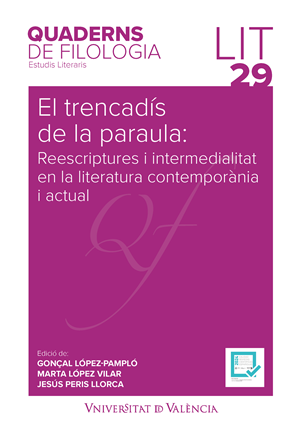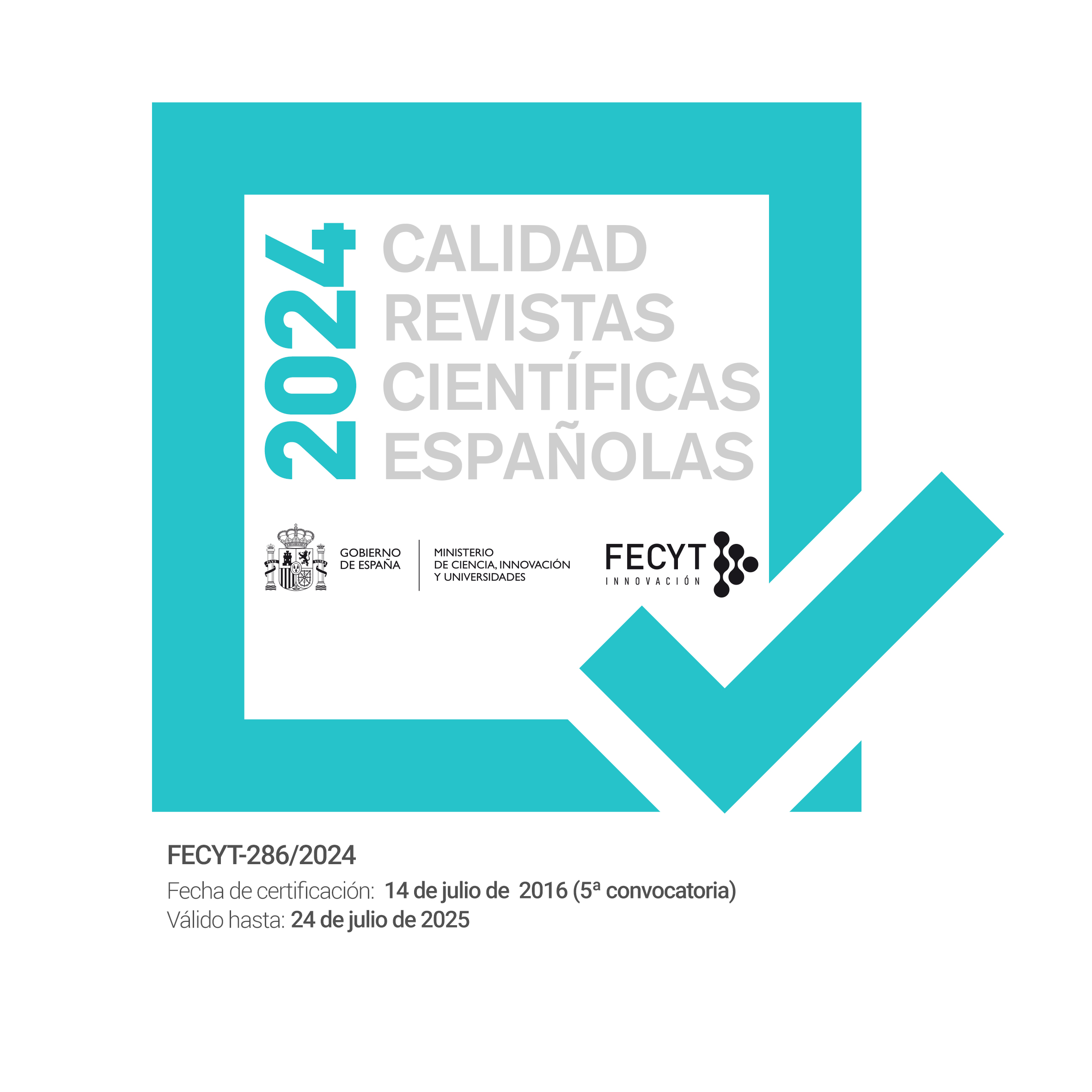Adaptations and versions of classic stories in Catalan children's literature: the case of the collection Vet aquí dues vegades
DOI:
https://doi.org/10.7203/qdfed.29.28730Keywords:
adaptation, story, paratexts, Children’s Literature Abstract
Abstract
In this work we analyze the 12 adaptations of classic stories published in the collection Vet aquí dues vegades while considering two types of paratexts: extratextual paratexts, which they have to do with the design and format of the publication in addition to the illustrations that they are included in this, and textual paratexts, which are related to the names of the main characters of the story as well as, fundamentally, the narrative conflicts that it presents. Based on an interpretative and critical reading of these 12 adaptations, we can conclude that we find versions that can be grouped into two large groups: those that are ideologically updated today but that do not differ, in essence, of the plot that can be read in the classic stories, and those that present new arguments different from those found in the classic versions, in addition to being also updated to the present day.
 Downloads
Downloads
Downloads
Published
How to Cite
-
Abstract86
-
PDF (Català)36
Issue
Section
License
 Este obra está bajo una licencia de Creative Commons Reconocimiento-NoComercial-SinObraDerivada 4.0 Internacional.
Este obra está bajo una licencia de Creative Commons Reconocimiento-NoComercial-SinObraDerivada 4.0 Internacional.
Authors who publish with this journal agree to the following terms:
- Authors retain copyright and grant the journal right of first publication with the work simultaneously licensed under a Creative Commons Attribution License that allows others to share the work with an acknowledgement of the work's authorship and initial publication in this journal.
- Authors are able to enter into separate, additional contractual arrangements for the non-exclusive distribution of the journal's published version of the work (e.g., post it to an institutional repository or publish it in a book), with an acknowledgement of its initial publication in this journal.
- Authors are permitted and encouraged to post their work online (e.g., in institutional repositories or on their website) prior to and during the submission process, as it can lead to productive exchanges, as well as earlier and greater citation of published work (See The Effect of Open Access).




